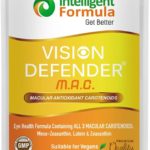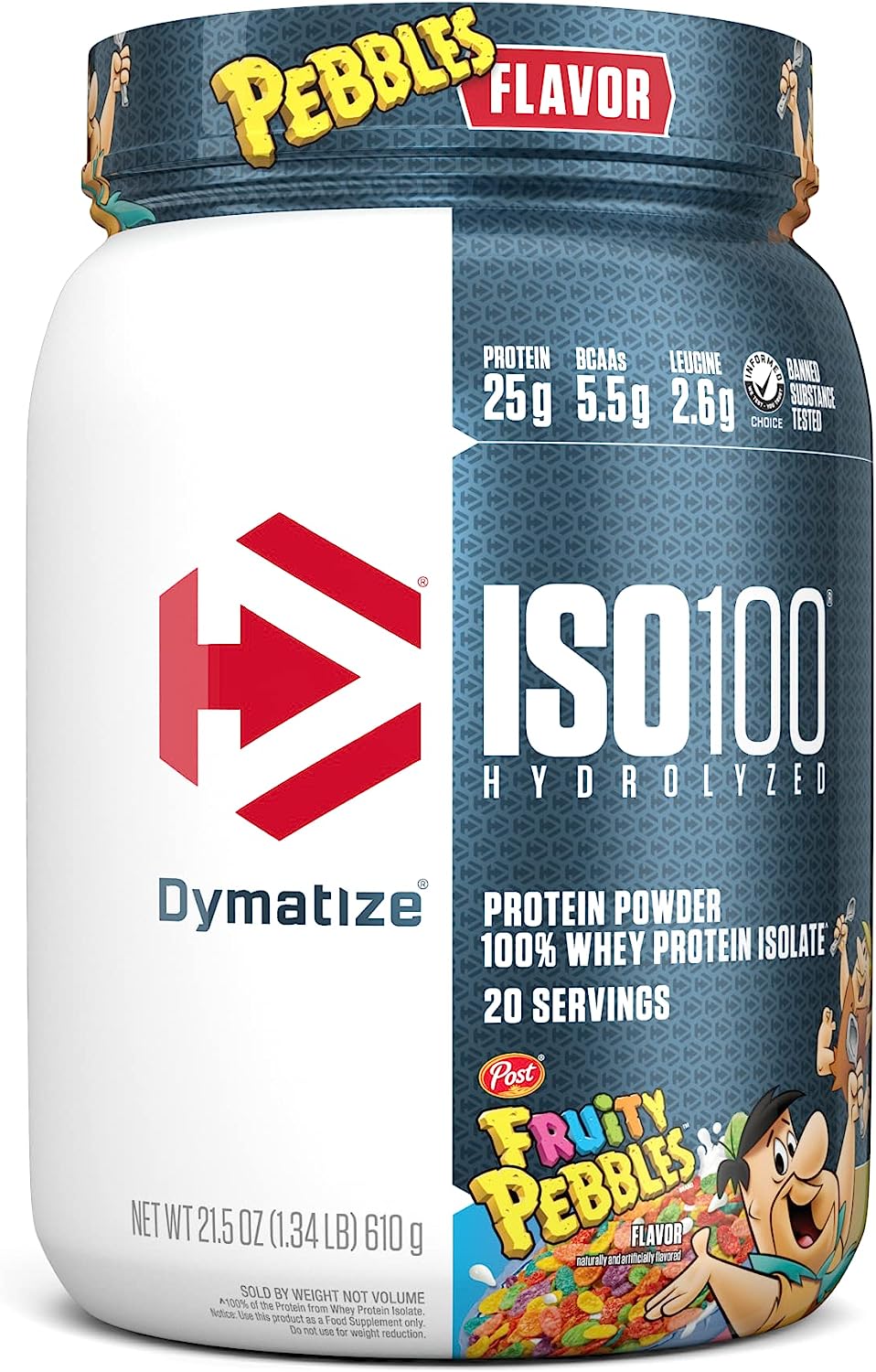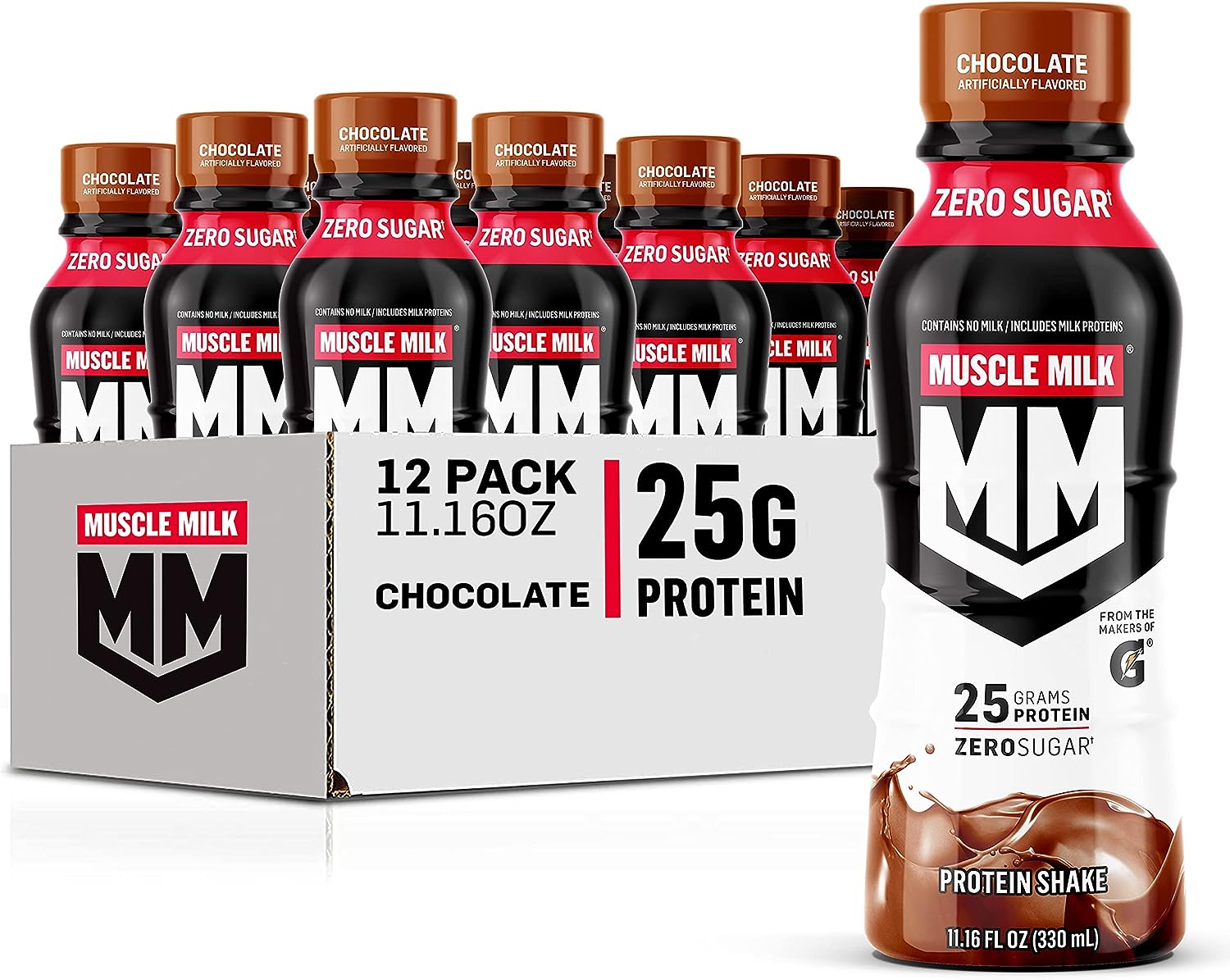For many athletes, the idea of celebrating a victory or simply unwinding with friends often includes enjoying a drink. However, the relationship between alcohol and athletic performance is complex and multifaceted. While moderate consumption can be part of a balanced lifestyle, understanding the effects of alcohol on hydration, motor skills, recovery, and long-term health is crucial for athletes aiming to optimize their performance. In this article, we’ll explore how alcohol impacts various aspects of athletic performance and provide guidance on responsible consumption.
Hydration and Cardiovascular Effects
Dehydration Risk
Alcohol is a diuretic, which means it increases urine production and can lead to dehydration. This effect is particularly pronounced during prolonged exercise in hot environments, where maintaining hydration is already a challenge. Dehydration can weaken the heart’s pumping force, impair temperature regulation, and accelerate fatigue, all of which negatively impact aerobic and overall performance.
Motor Skills and Reaction Time
Impaired Coordination
Drinking alcohol can significantly slow reaction times and impair precision, accuracy, balance, hand-eye coordination, judgment, focus, and stamina. These effects can last up to 72 hours, making it difficult to perform at your best in training, practice, or competition. The risk of injury also increases due to reduced motor skills and impaired judgment.
Strength, Power, and Sprinting
Decline in Physical Performance
Alcohol consumption leads to a decline in strength, power, and sprint performance. It can decrease grip strength, jump height, and overall physical endurance. Athletes who consume alcohol may fatigue more rapidly, which can be particularly detrimental in sports requiring bursts of high-intensity effort.
Recovery and Muscle Repair
Reduced Muscle Protein Synthesis
Consuming alcohol after physical activity can hinder muscle protein synthesis, a critical process for muscle repair and growth. Alcohol is also a poor source of nutrients and can displace carbohydrates necessary for glycogen replenishment, affecting both recovery and subsequent training sessions. Additionally, alcohol disrupts restorative sleep cycles, which are essential for overall recovery.
Risk of Injury
Increased Vulnerability
Athletes who consume alcohol are at a higher risk of injury due to the numerous ways alcohol affects performance and recovery. Alcohol impairs judgment, which can lead to risky behavior both on and off the field. Regular alcohol consumption can also depress immune function, increase swelling with injuries, and delay healing.
Body Composition and Weight Management
Fat Accumulation
Alcohol can lead to increased body fat accumulation, as ethanol promotes fat storage and reduces the body’s ability to burn fat as energy. Many alcoholic beverages are high in calories, and alcohol can stimulate appetite, leading to poor food choices. Regularly consuming more calories than needed can result in negative changes in body composition and overall weight gain.
Long-Term Health Implications
Nutritional Deficiencies and Organ Damage
Heavy, regular alcohol consumption can lead to nutritional deficiencies, altered digestion, impaired absorption and metabolism of nutrients, muscle damage, wasting, and weakness. Long-term effects can include permanent changes to the liver, heart, brain, and muscles. Athletes should be aware of these risks and prioritize their long-term health.
Responsible Consumption
Balance and Moderation
While it’s important to understand the negative impacts of alcohol on performance and health, balance and moderation are key. If you choose to consume alcohol, do so responsibly and be aware of the short-term performance impacts and long-term health implications.
Alcohol can have significant effects on hydration, motor skills, strength, recovery, and long-term health, all of which are critical for athletic performance. Athletes should be mindful of these effects and make informed decisions about alcohol consumption. By prioritizing responsible drinking and understanding the impacts on performance and health, athletes can continue to enjoy social activities while maintaining their competitive edge.
























